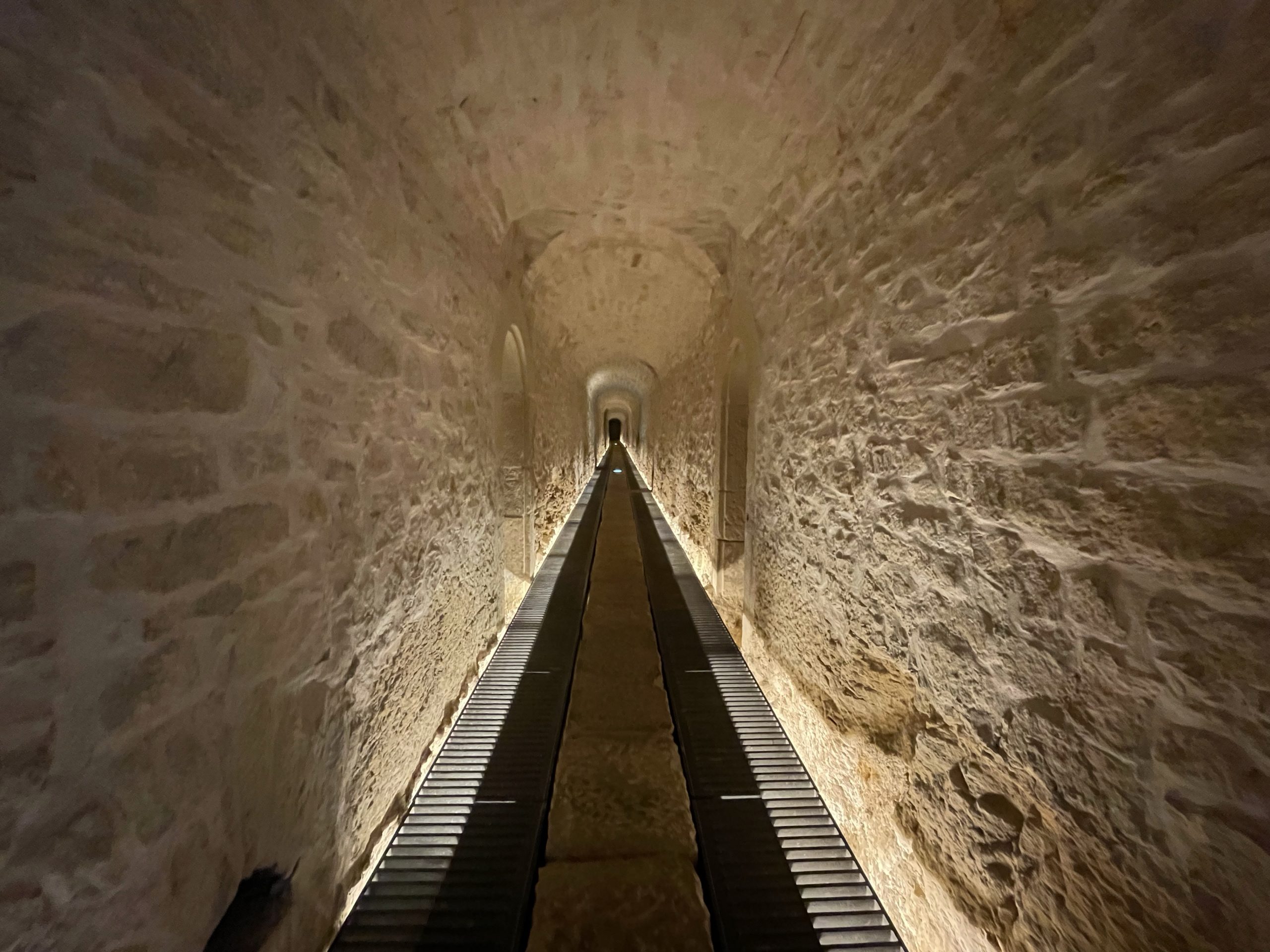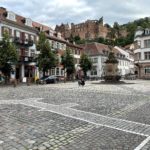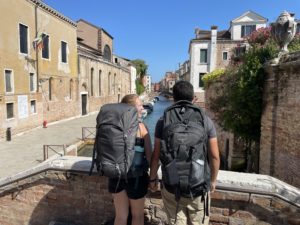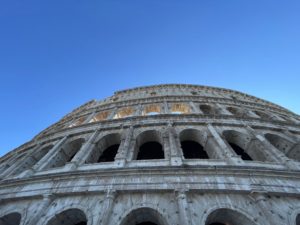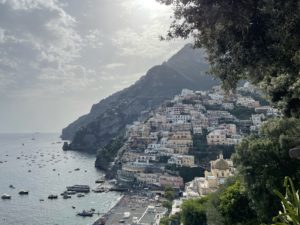June 29-July 1
With our Eurail pass, we were able to easily catch a train from Brussels, Belgium to Luxembourg City, Luxembourg!
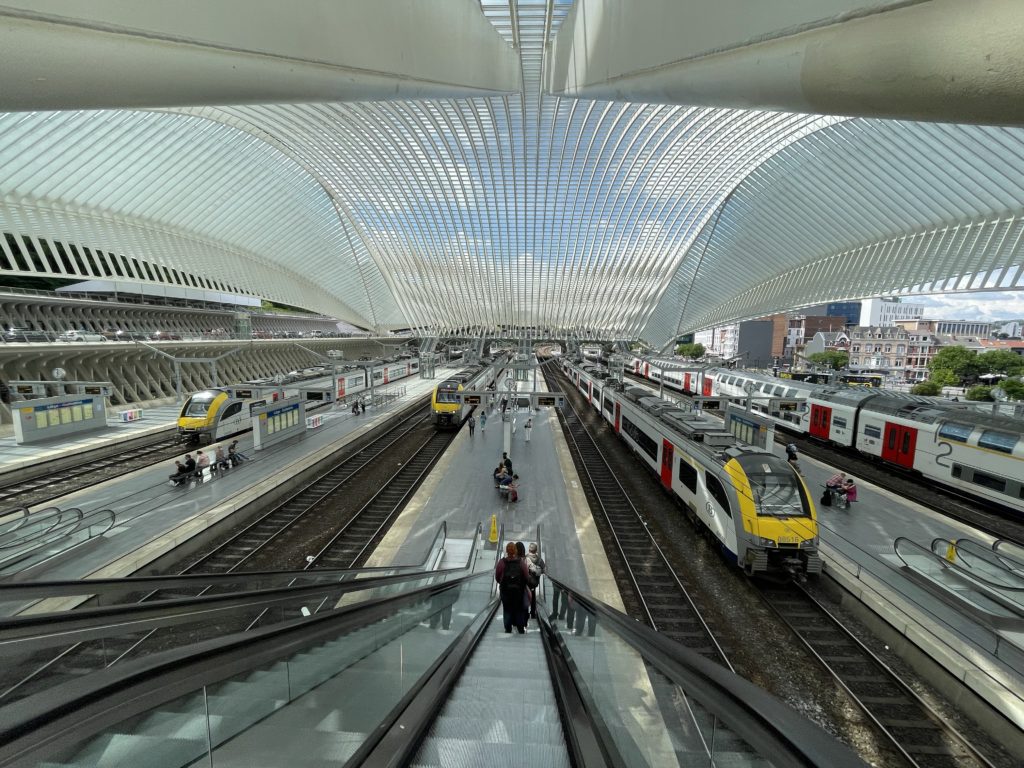
Luxembourg is a small country. One of the smallest in Europe, in fact. It sits just east of France, south of Belgium, and west of Germany. It’s completely landlocked, and has a fascinating history of being conquered by neighboring empires over the years.
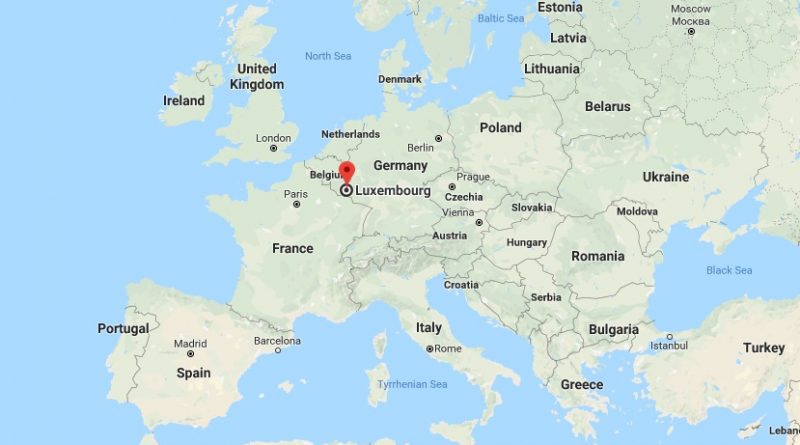
These days, Luxembourg is ever-so-slightly smaller than the US state of Rhode Island, and its population is approximately 650,000 people. Yes, 650,000 people for the entire country!
Public transportation was recently made to be completely free across the small country – not just for Luxembourg residents, but also for anybody visiting the country. You can catch a train, tram, or bus without paying a dime! The country did this to encourage folks to stop using cars to be more eco-friendly as all public transport runs on electricity.
As you traverse Luxembourg, you will quickly realize that there are a huge number of languages commonly spoken in its streets, shops, and at its monuments. Luxembourgish, French, German and English are used interchangeably across the country. We practiced a couple times trying to order in French to help get us ready for our France visit, but often the cashier would respond in English seeing that we clearly have no idea what we’re saying!

Luxembourg City
Luxembourg City is an old fort city. It’s been called the most strategic fort in Europe, and has long been the prize of nearby conquering nations. Each time the city was conquered (after hard-fought battles through moats and city walls), the fort was further strengthened and expanded. Over time, the fort/city came to look something like this:
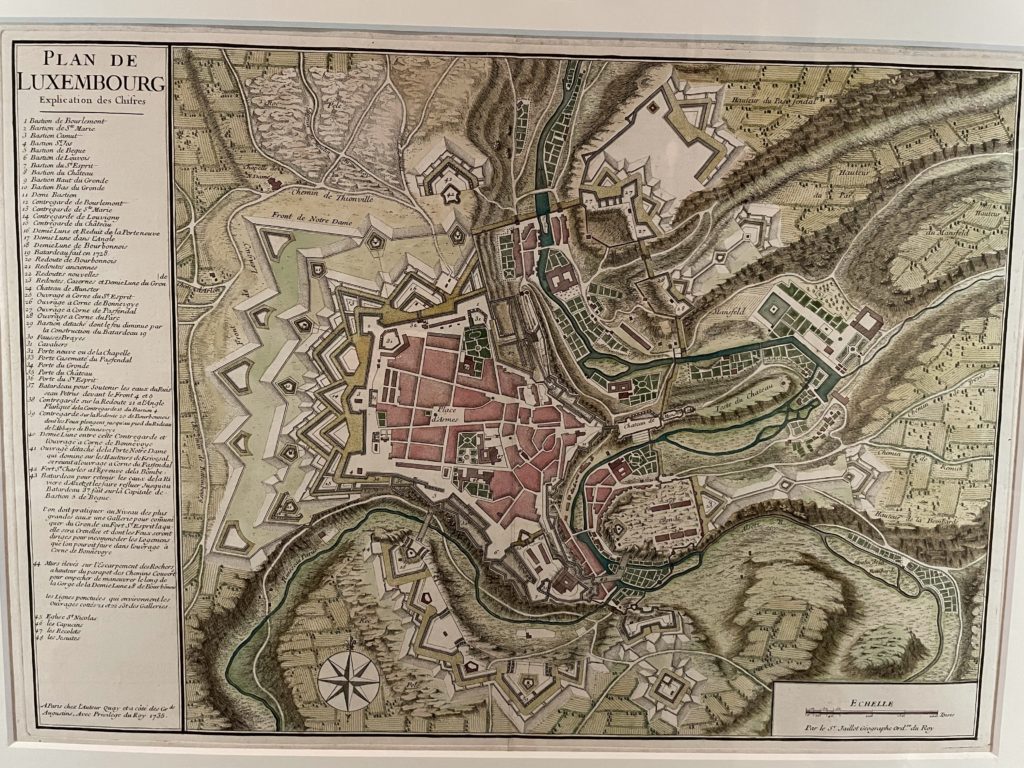
Sitting on top of a mountain, there are deep valleys carved out by rivers marking some natural boundaries of the fort to its south and east. To its west, unique multi-layered walls were built to keep out invaders.
As someone who is fascinated by maps, Graham was absolutely in his element seeing all of the old maps and how the fort changed through the years.
Today, Luxembourg City is now a city built on top of (and within) the old fort. Despite these modernizations, Luxembourg City retains nearly all of its former might. We were shocked at how much of the old fort still stands today, in remarkably well-kept condition.
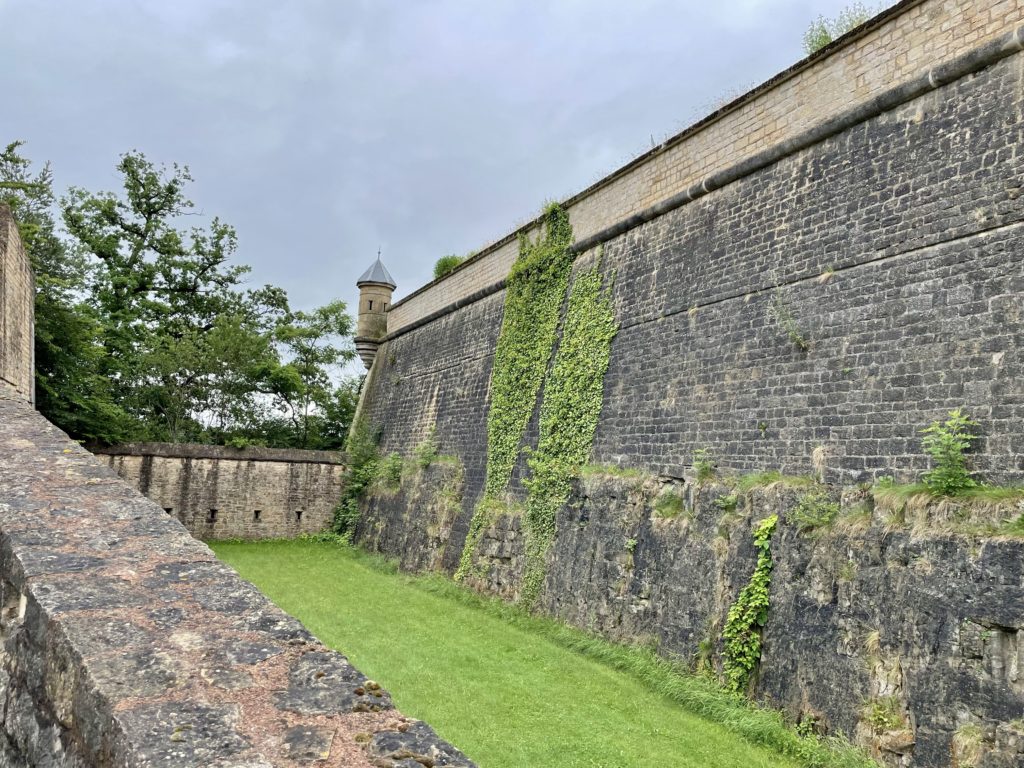
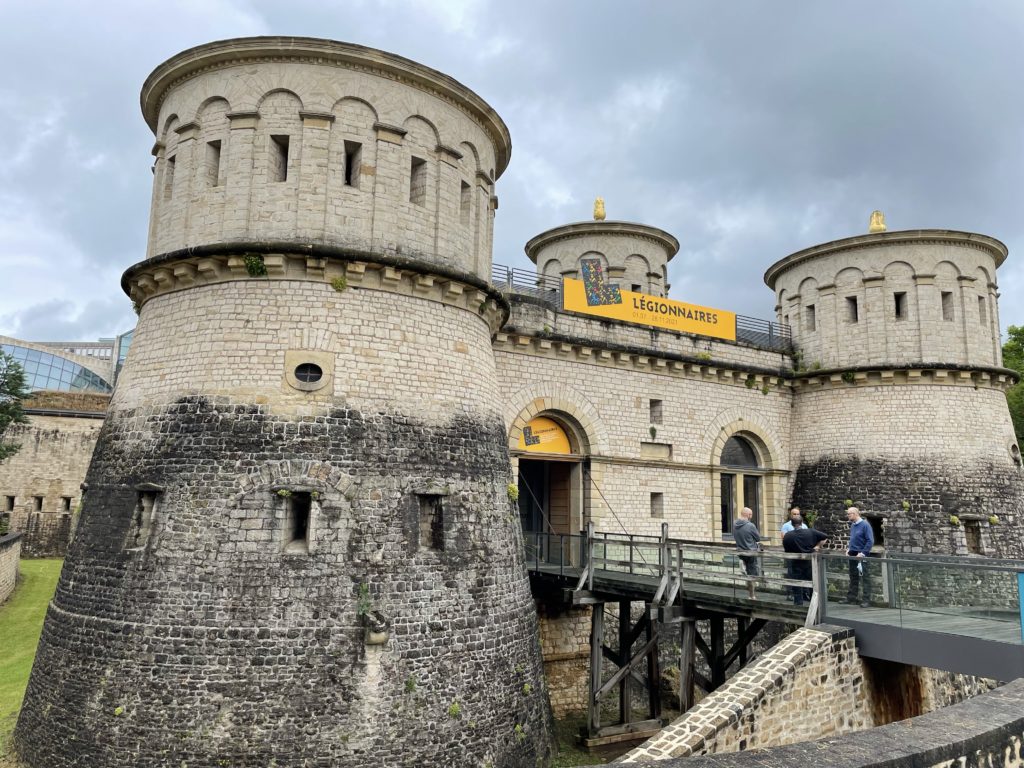
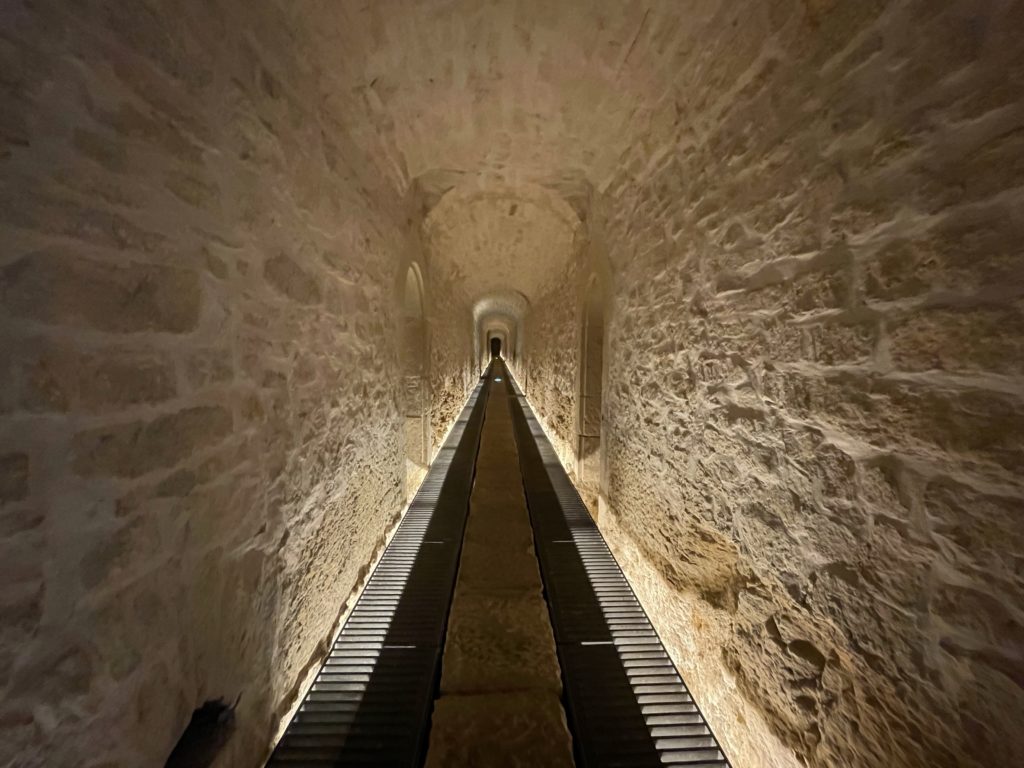
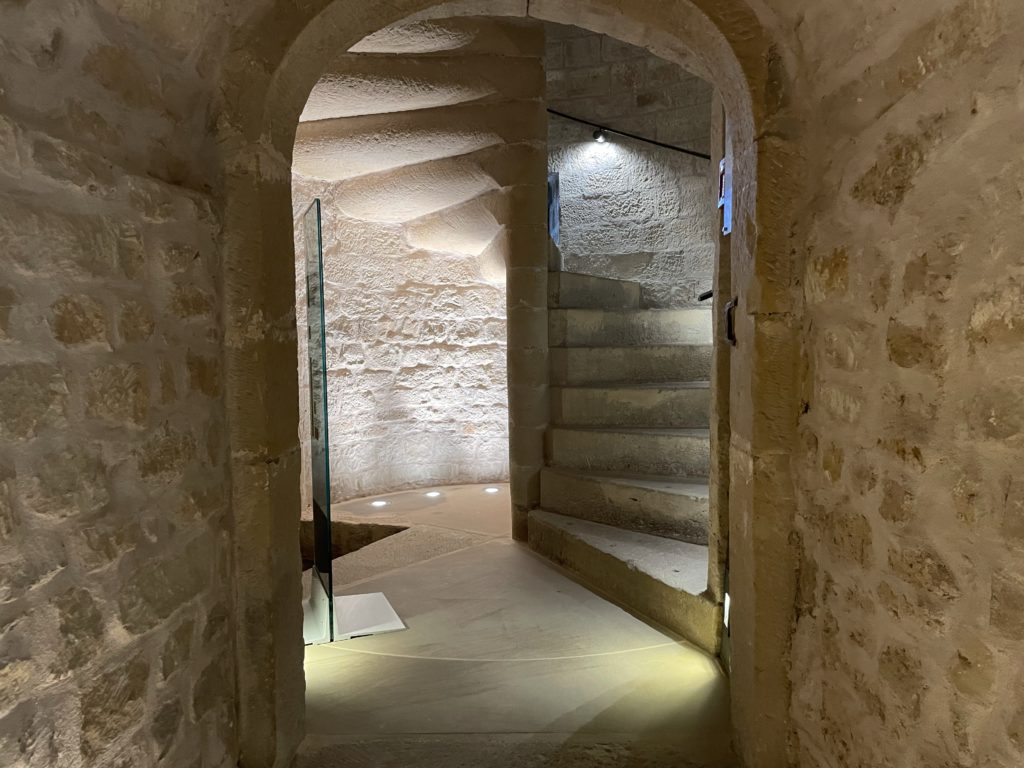
Free Transportation
As previously mentioned, one of the things we were most surprised at was the free transportation across the country. This took many forms – including high-speed panoramic-view elevators to take you from the valleys to the main parts of the city, and a funicular that brought you from a train station up to the business district of the city. We saw people using both means of transportation as a part of their daily commute!
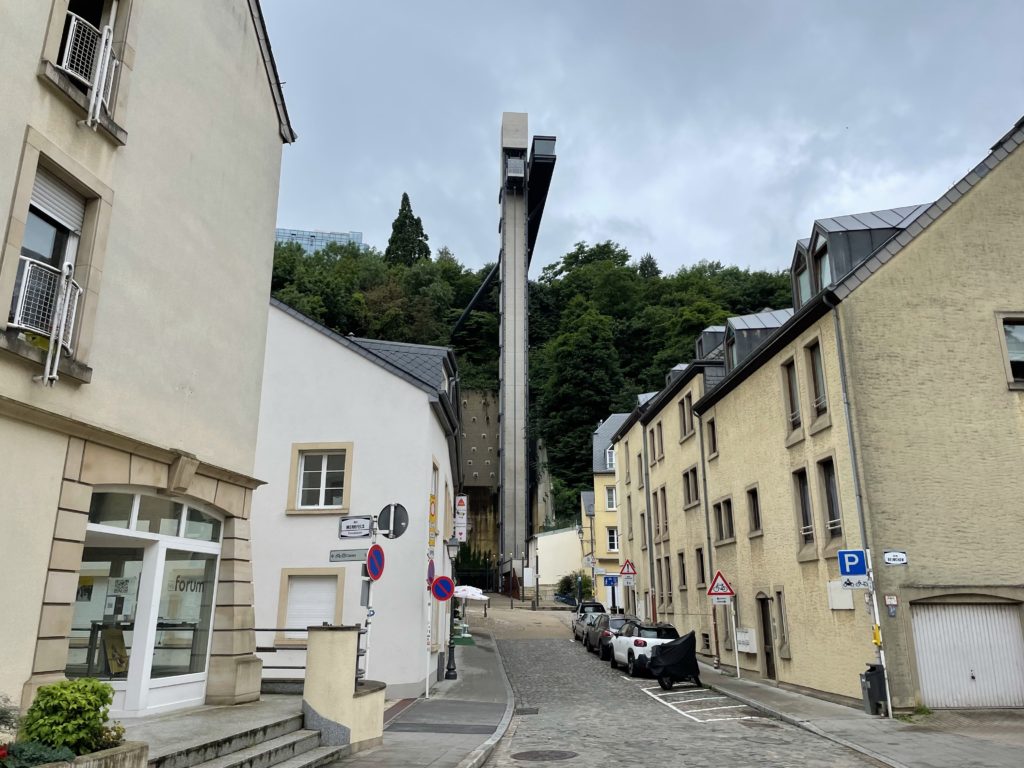
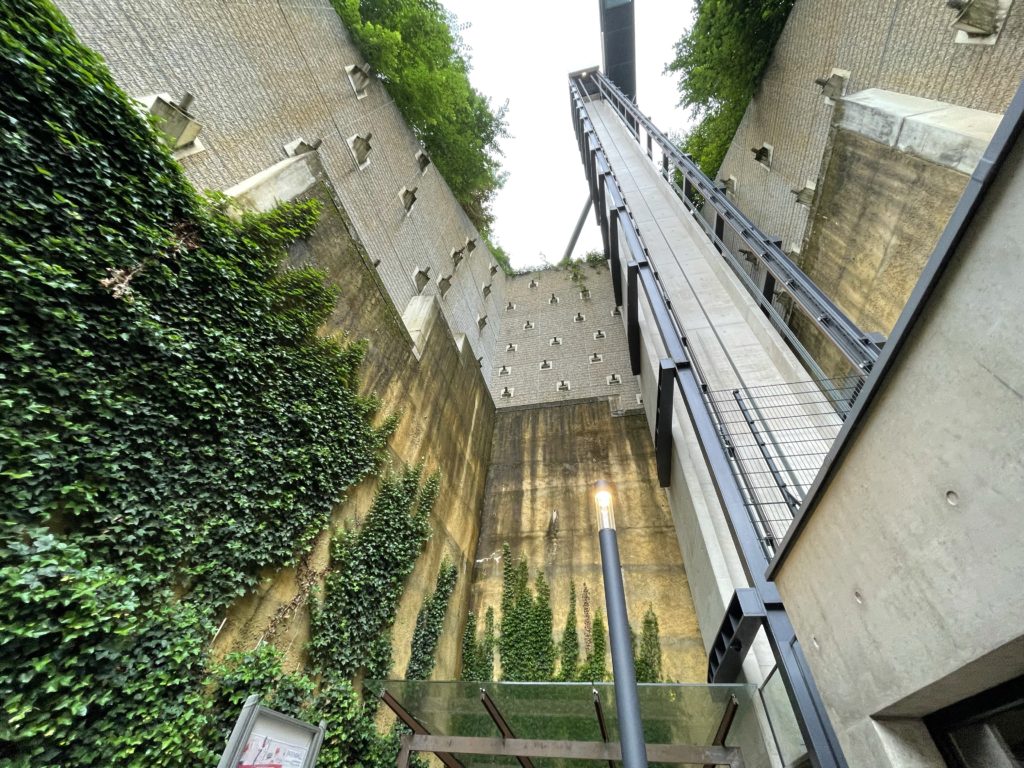
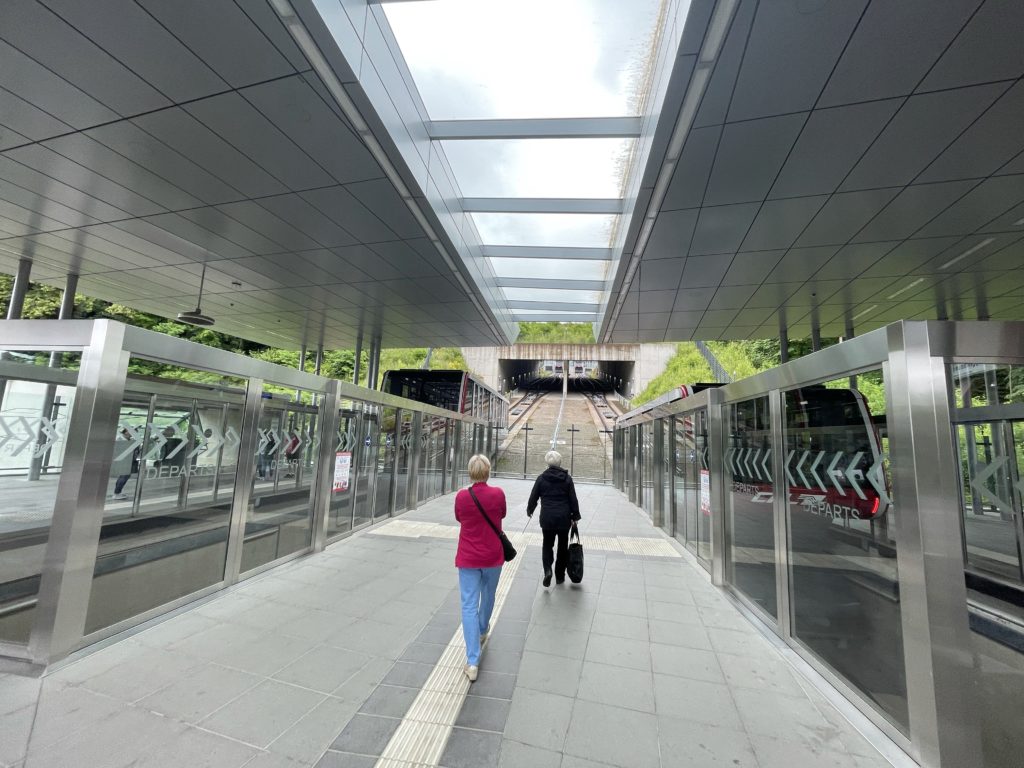
Site-seeing in the city
It’s no secret that Luxembourg is small in relation to some of its giant neighbors. That being said, its people have strove to attract business and diversify its economy. Today, Luxembourg is a financial powerhouse in Europe – and some of the biggest international companies including Amazon have their European headquarters in Luxembourg City. The country also prides itself that it has one of the highest GDPs per-capita of any European nation.
We really enjoyed walking through the city and seeing the incredible dichotomy of old and new, brutal fortress and gleaming city, influences from surrounding cultures and great pride in the unique country the people of Luxembourg have created with its own unique culture. It’s a fascinating city.
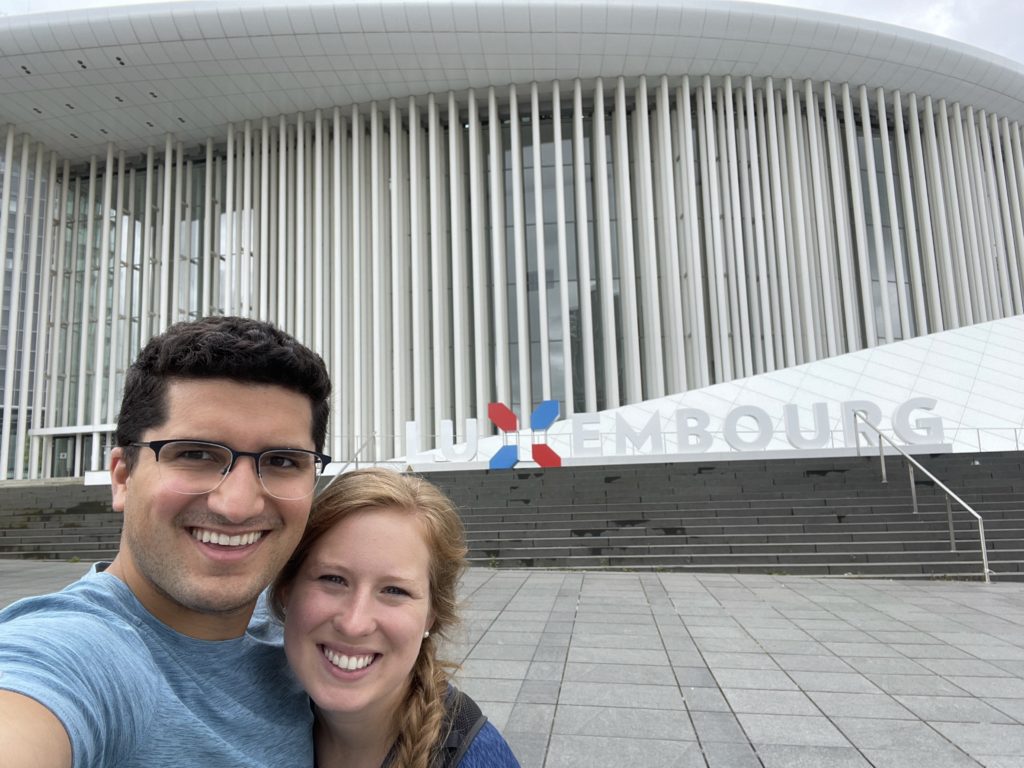
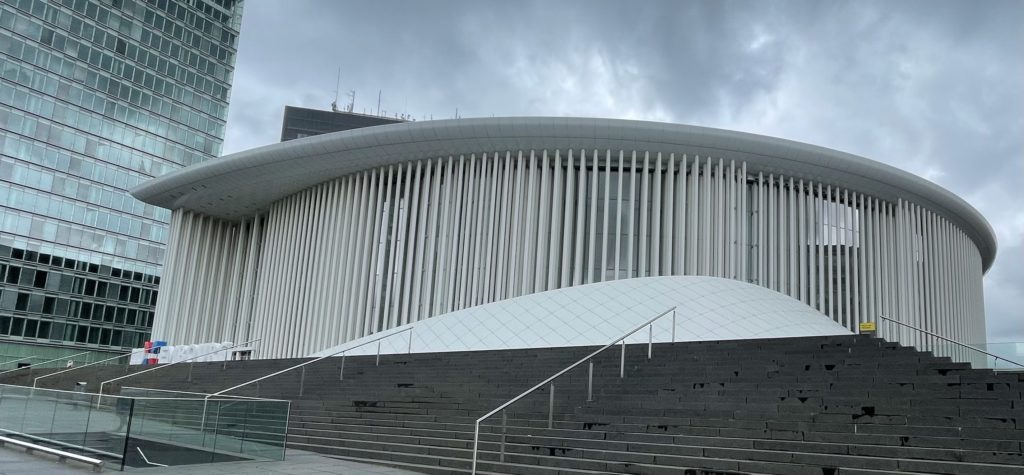
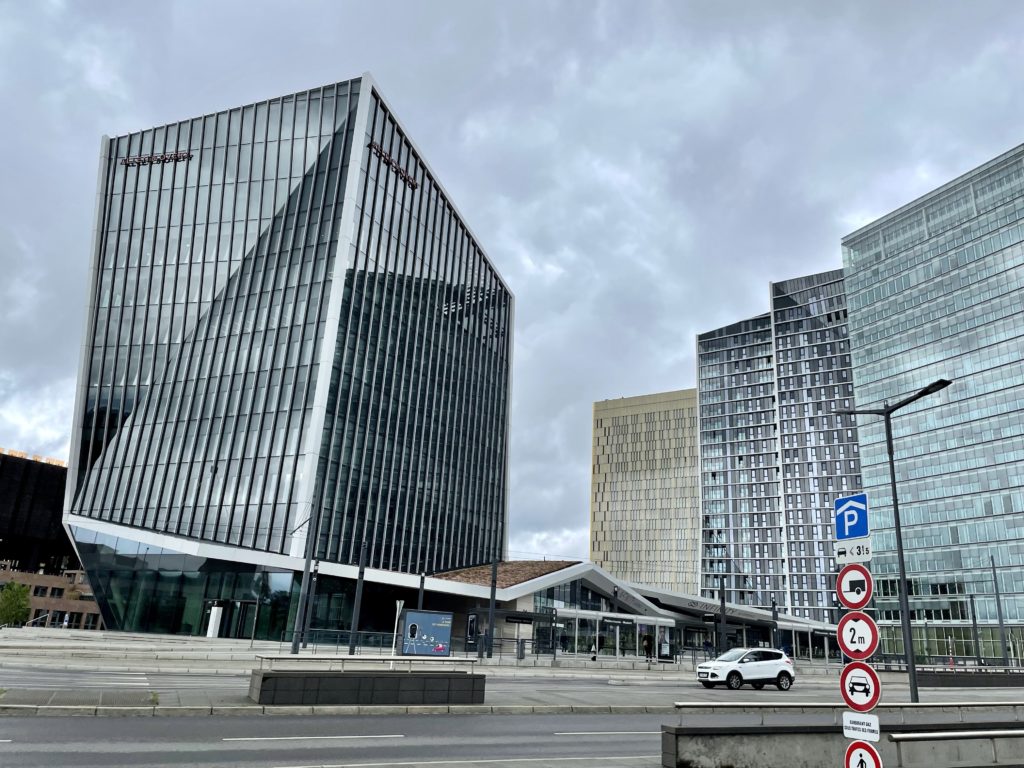
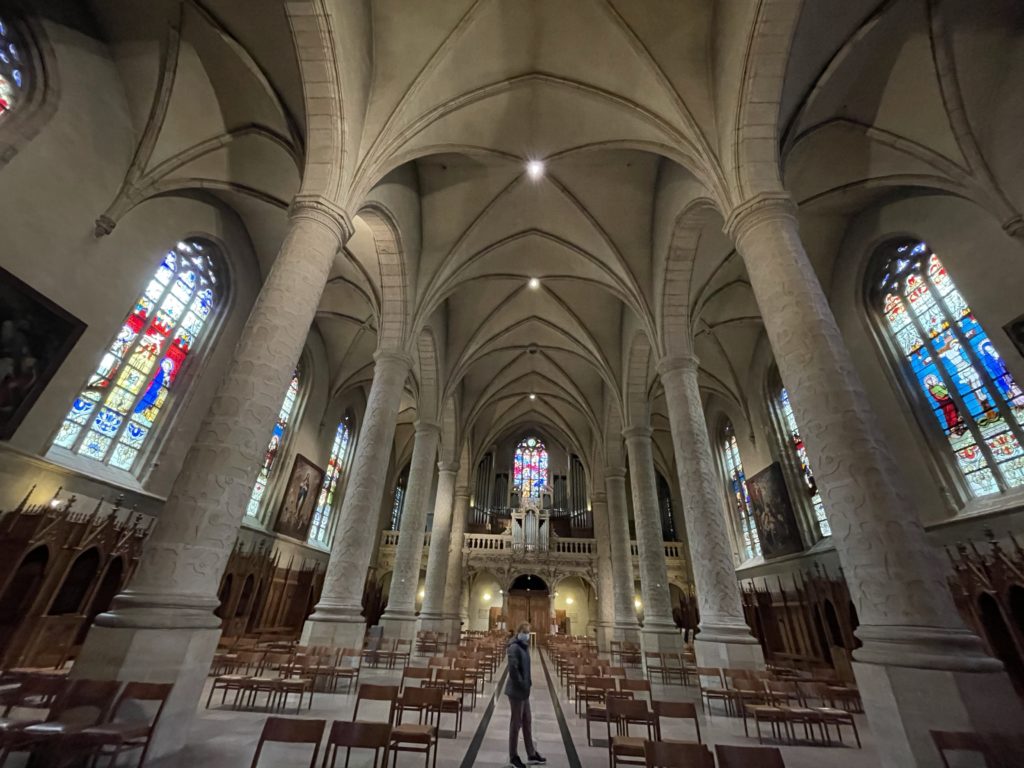


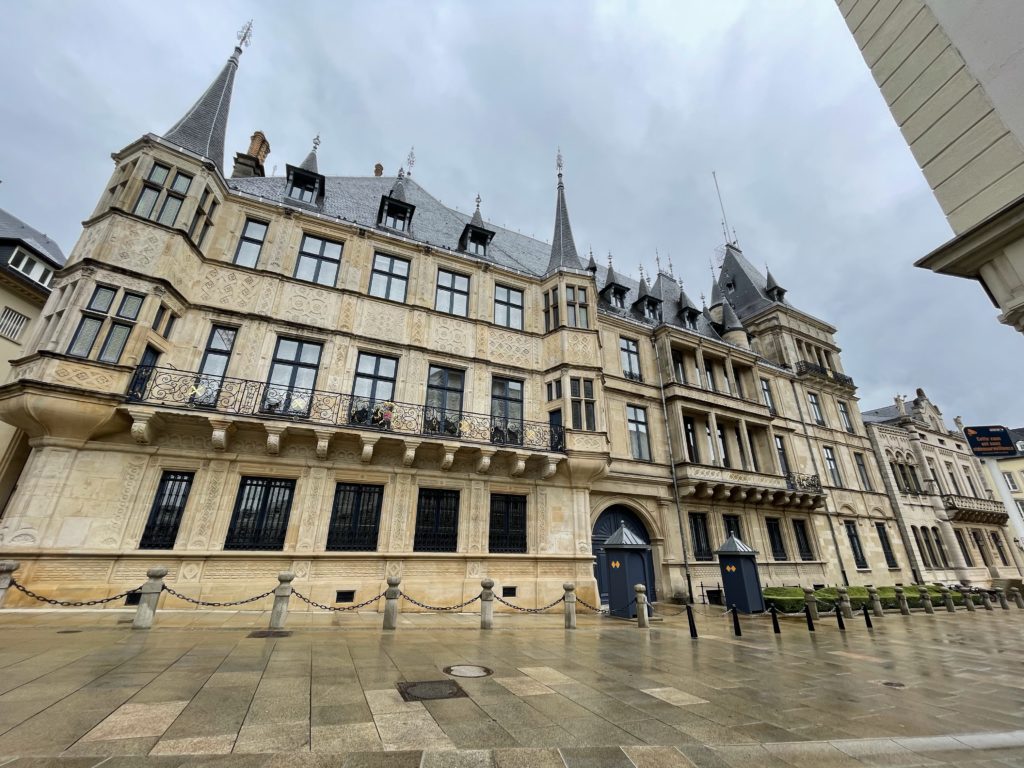
We really enjoyed our time in Luxembourg. For such a small country, it packs a mighty punch for visitors. If you’re interested in history and/or forts, this is the country for you. We loved exploring the old city streets and fortifications and hope to one day come back. But for now, we’re off to Germany!
